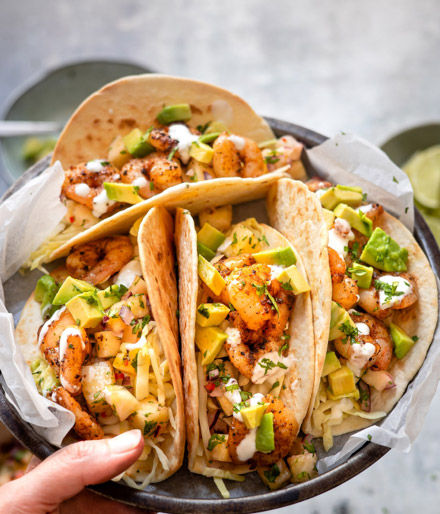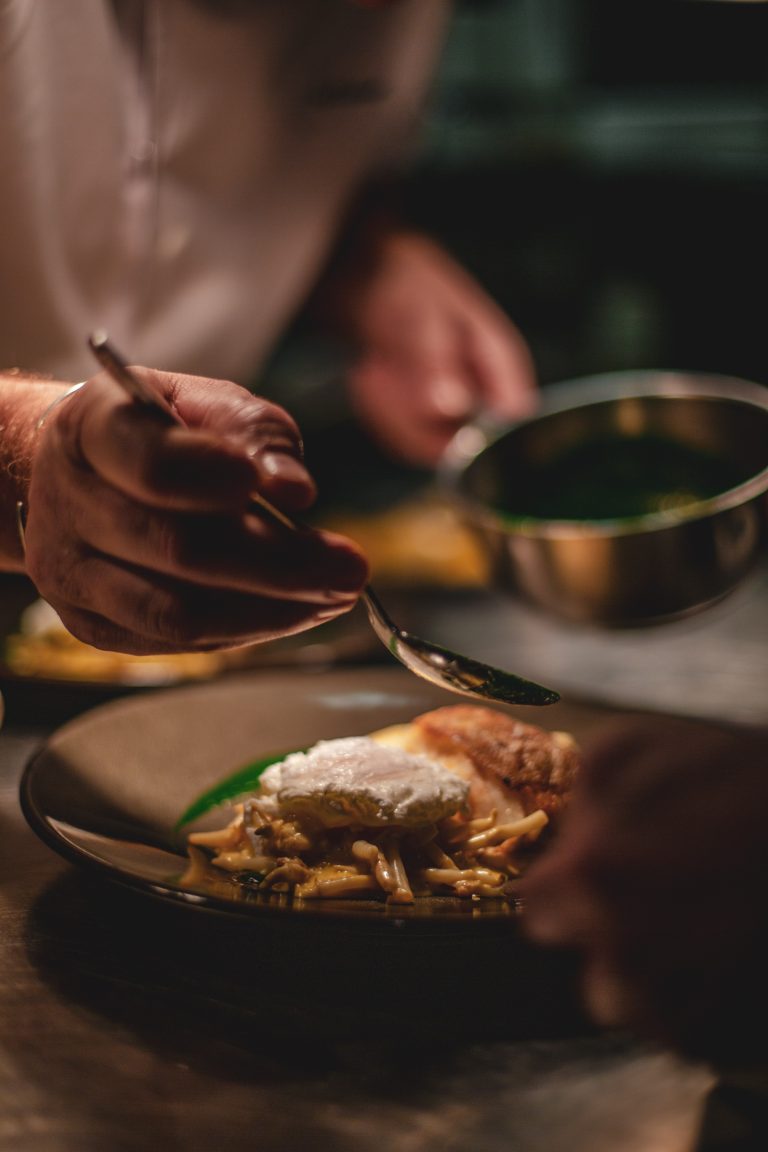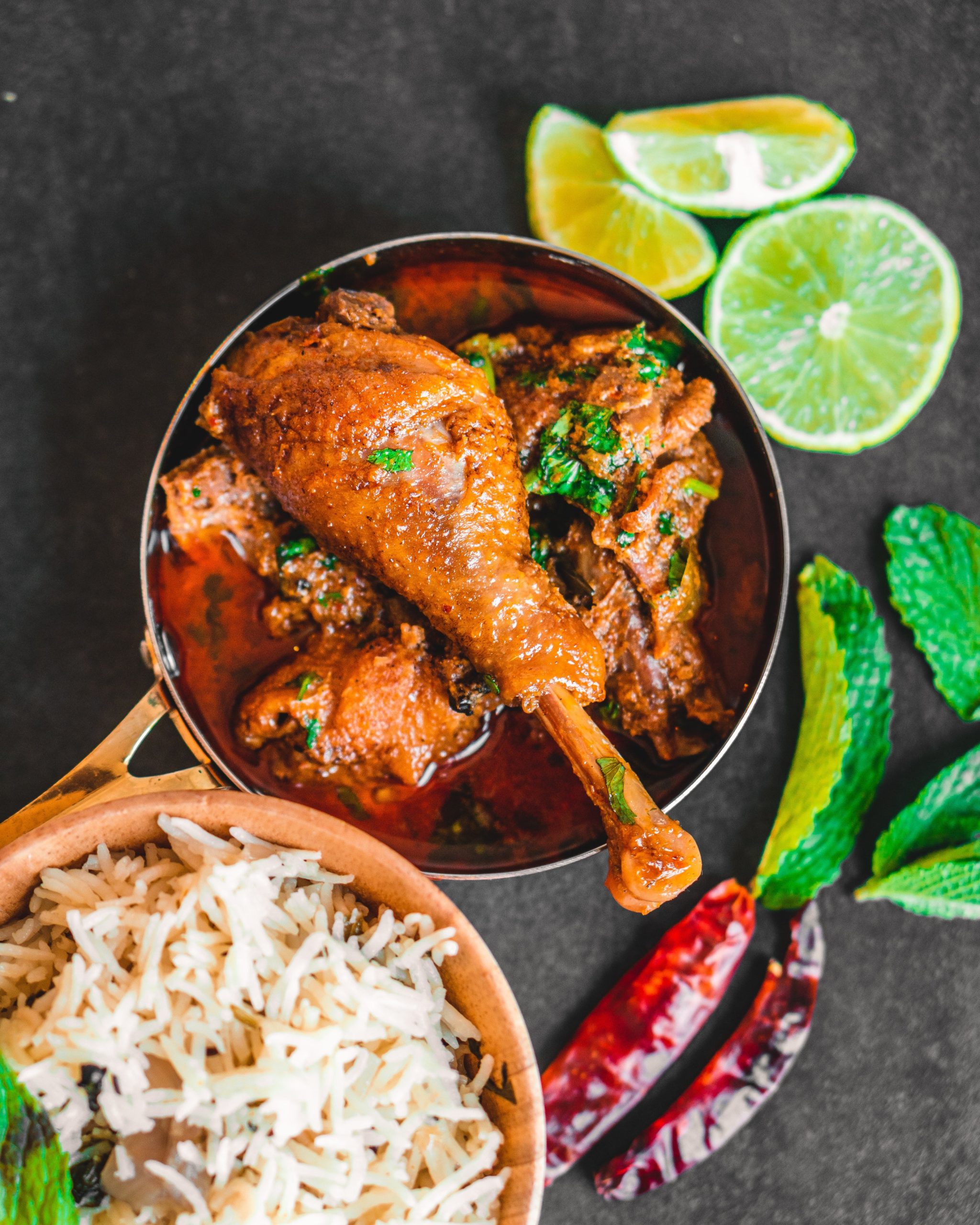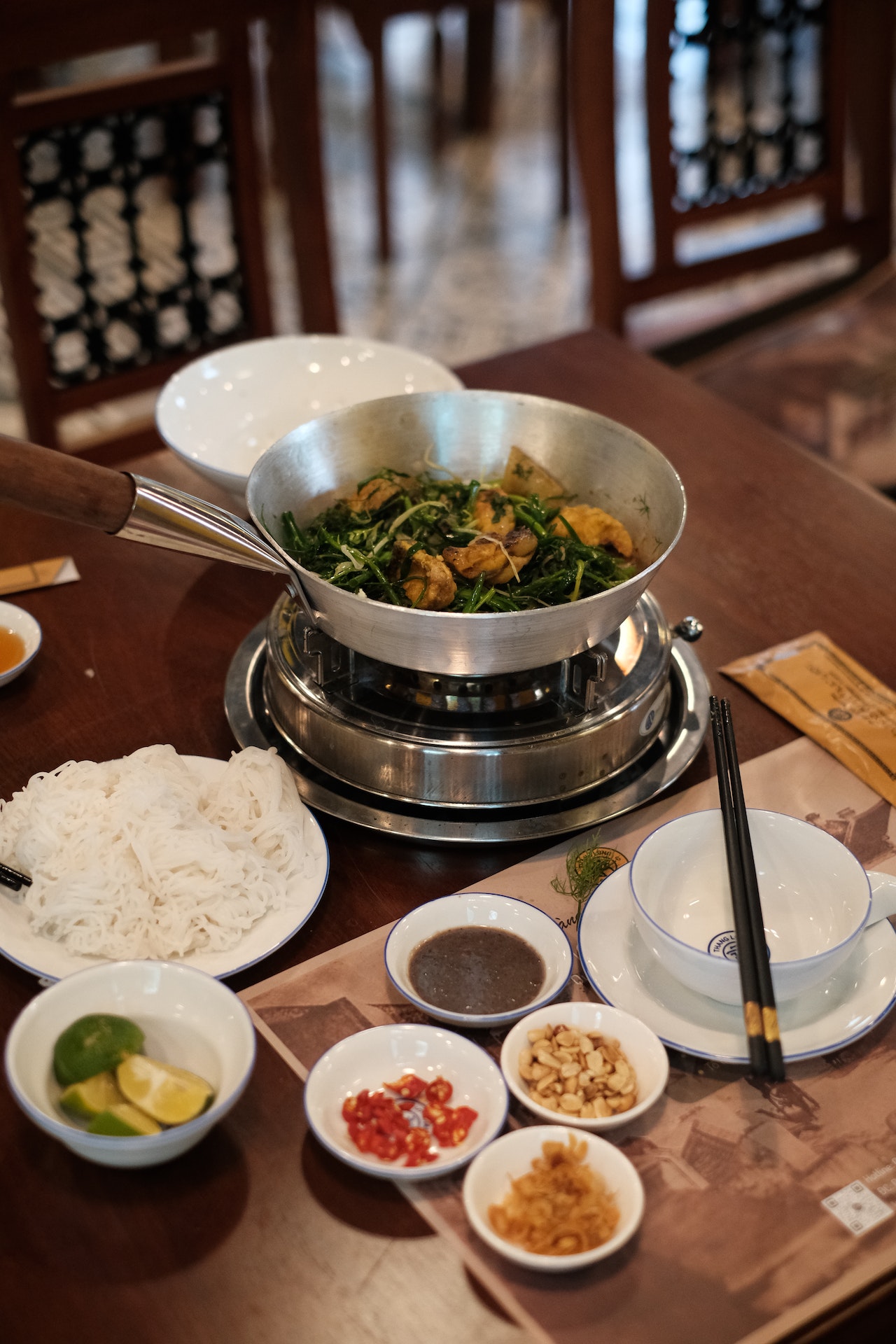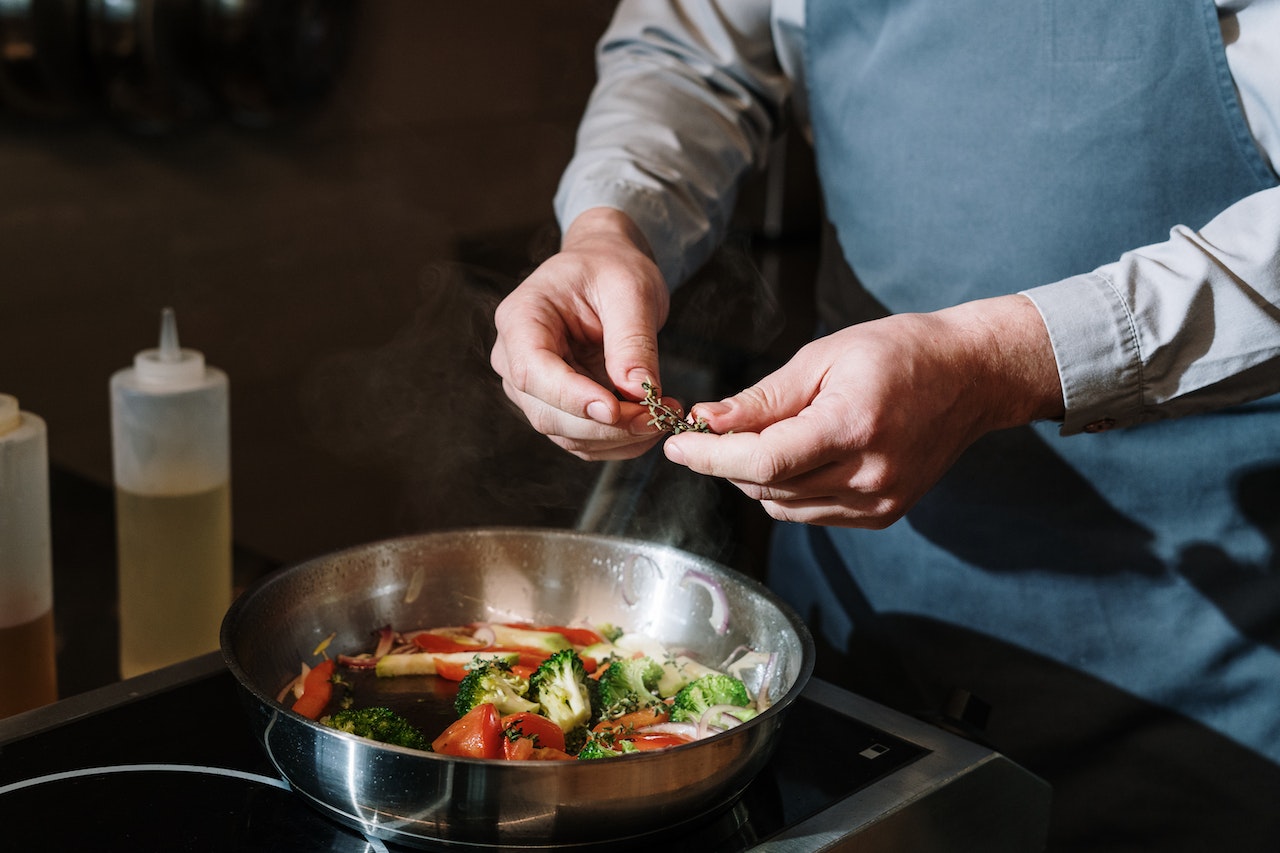Pro tip: You’re going to want to eat this one with a knife and fork (and a mimosa).
Pro tip: You’re going to want to eat this one with a knife and fork (and a mimosa).
You’re craving ribs, but don’t have access to a grill. Heartbreaking, we know, but that’s where these BBQ oven-baked ribs come in. Now, you can make tender, fall-of-the-bone ribs in the comfort of your own kitchen, no matter the time of year or your living situation. Sweet, salty AND savory, these ribs are perfect to serve up for any game day celebration or weeknight dinner. Tip: The last thing you’ll want to do is run out before everyone gets their fair share, so make sure you have at least 4-5 ribs per adult, which is about 2-3 servings per rack.
Making ribs in the oven for the first time? Here’s how to nail them:
Prep your ribs
First things first: Rinse your ribs. Usually, ribs come vacuum-packed and can be sitting in liquid that you definitely want to wash away. Run under cold water, pat dry, then peel off the “silverskin.” This is the shiny, white piece of membrane that sits on top of the bones, on the cupped side of the ribs, and makes things tough and chewy once cooked. Leaving the membrane on will also prevent your delicious dry rub from actually getting on the rib meat.
The membrane should come off pretty easily, but if not, use your paring knife to help loosen things up. Pierce the membrane with a paring knife and run it as far under the membrane as you can to start loosening it away from the ribs. Once you’re able to get the tip of your knife under the membrane, you should be able to easily pull it off the ribs.
Every now and then you’ll find a rack that has the membrane already removed. If you’re not sure or if you’d rather not bother with it, ask the butcher at your favorite grocery store.
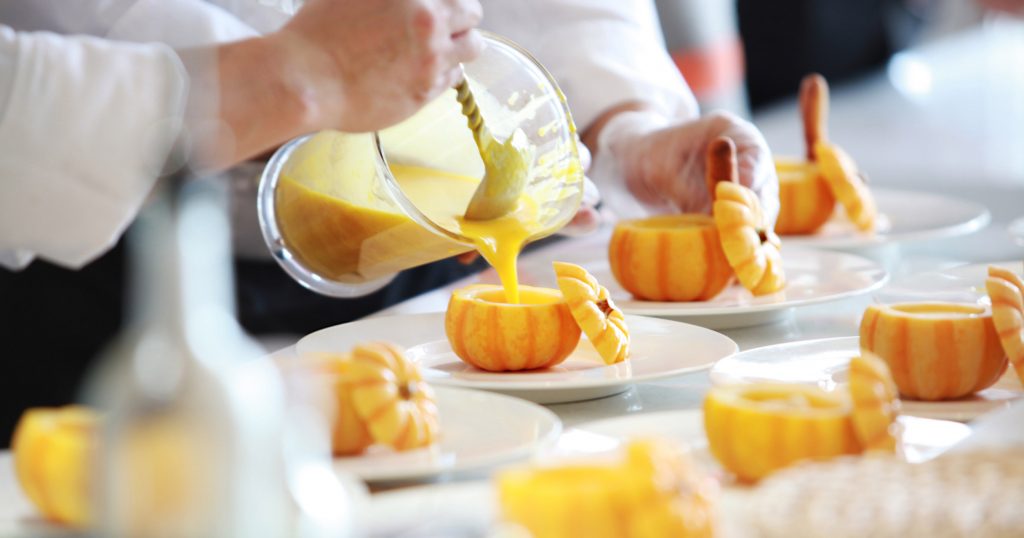
Everyone’s fave part of eating ribs has got to be the sauce. That, and having a legit excuse to eat with your hands. Ours is deliciously sweet, savory, and sticky, like a next-level classic bbq sauce. It’s so much better than anything that comes from a bottle. Prepping beforehand? The sauce can be made ahead of time and stored in the refrigerator for up to 2 weeks.
The key to cooking great baked ribs is a balance of low temp, lots of time, and moisture retention. We cook ours at 300° for 2 hours under a tightly wrapped layer of foil. The foil ensures that not too much liquid escapes while the low-slow cook breaks down the connective tissue. Be sure to cook them bone-side down to create plenty of airflow around the rack. Then, baste with sauce and broil for a few minutes to caramelize and crisp the crust.
If you’re not a fan of basil, swap in chives or cilantro, instead. For a Mediterranean twist, swap some chopped roasted red peppers for some of the tomatoes and sprinkle with some crumbled feta.
The key to cooking great baked ribs is a balance of low temp, lots of time, and moisture retention. We cook ours at 300° for 2 hours under a tightly wrapped layer of foil. The foil ensures that not too much liquid escapes while the low-slow cook breaks down the connective tissue. Be sure to cook them bone-side down to create plenty of airflow around the rack. Then, baste with sauce and broil for a few minutes to caramelize and crisp the crust.

